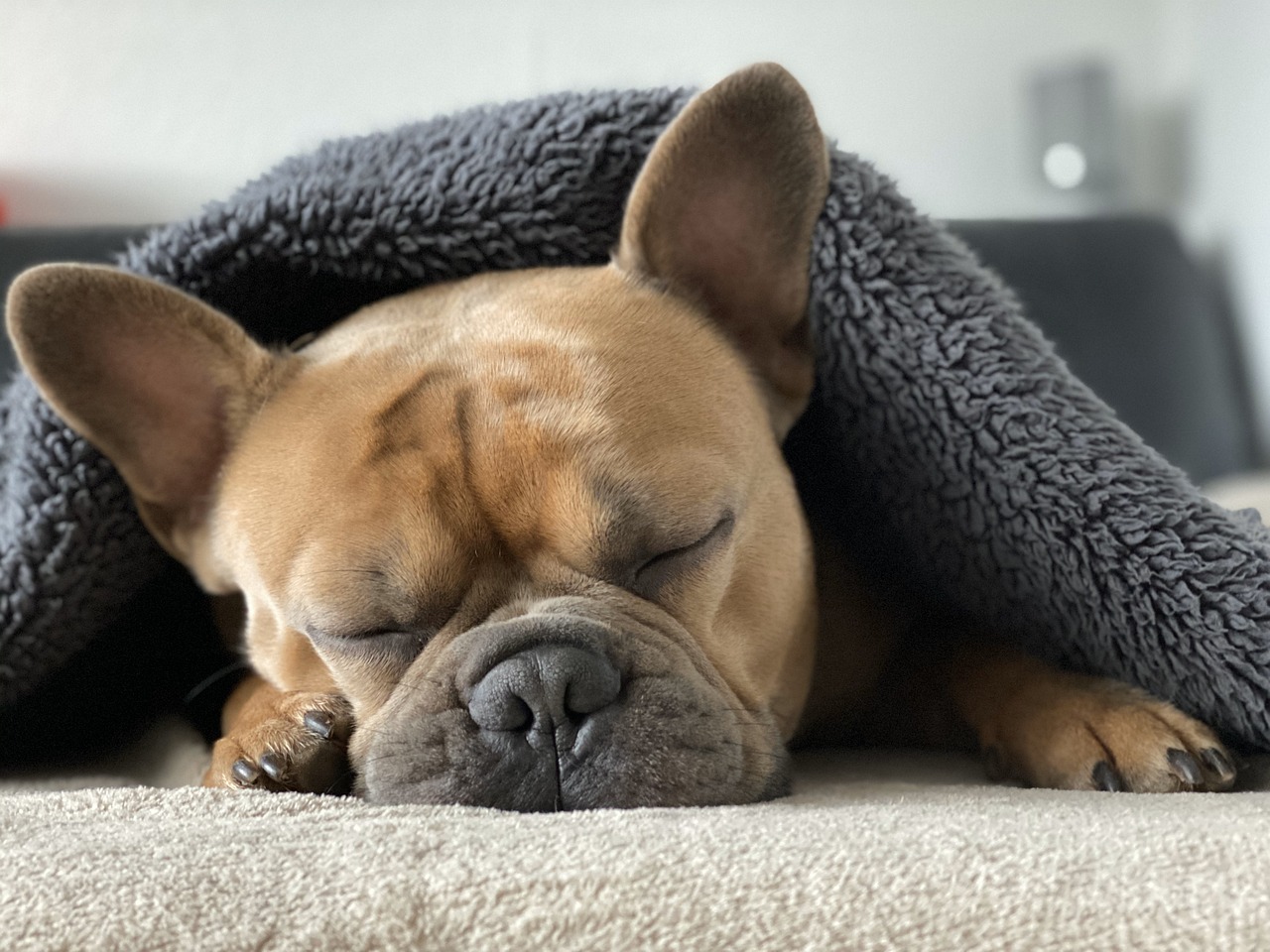
Many dog owners have wondered what their dog is thinking about at some point or another, especially when they play with their running shoes or give a small bark when they sleep. However, luckily for them, an expert from the University of British Columbia has provided a solution that is unique for each breed of dog.
As per Stanley Coren, a professor retired from psychology, dogs don’t just dream, but they manipulate their dreams in the same manner, if not in as much as humans do. Mr. Coren suggests that dogs undertake specific breed-specific actions during their dreams. Dobermans are most likely to be chasing danger away as Golden Retrievers are looking for their dream food or are embraced by their pet.
He added: “What we’ve basically found is that dogs dream doggy things. So, pointers will point at dream birds, and Dobermans will chase dream burglars. The dream pattern in dogs seems to be very similar to the dream pattern in humans.”
Through his research and research, he found that how the breed of a dog affects how often they dream small dogs have more frequent, but less often-dreaming while larger dogs have more frequent, but longer dreams.
The research of Mr. Coren is backed by Dr. Deirdre Barrett who is a clinical evolutionary psychologist from Harvard Medical School and who believes that dogs are dreaming about their everyday experiences just as humans do, which means it’s likely that they’re dreaming about their owners.
She said to people: “Humans dream about the same things that they’re fascinated by during the day, only more visually and less rationally. There’s no reason to believe that animals aren’t just like us.
“Since dogs are generally extremely attached to their human owners, it’s likely your dog is dreaming of your face, your smell, and of pleasing or annoying you.”

There’s no way to determine what the dog is thinking about in the first place, Dr. Barrett suggests that it’s likely they’re thinking about running when their legs or paws begin to twitch, or they are interacting with a human or dog as they begin to bark.
She believes that animals generally have the same sleep patterns as humans, and are going through deep, light as well as REM stages of the night.
It’s in The EM (Rapid Eye Movement) the sleep stage that dreams take place for humans, which makes this the best way to determine the time that other animals might be experiencing dreams.
In humans, REM sleep typically begins around 90 minutes into a nap and lasts for five and 15 minutes with each cycle becoming longer through the night.
Dr. Barrett advises pet owners to strive to make their dogs happier by improving their fantasies by giving them “happy daytime experiences” and offering them a safe and cozy environment to sleep in at night.
However, when you’re dealing with nightmares, it is the American Kennel Club advises owners to “let sleeping dogs lie” since they may be aggressive towards the person who awakes them.
A statement states: ” Not all human dreams are pleasant. It is believed that dogs may also have nightmares. The nightmares can be difficult to observe.
“It could be tempting to get your dog to sleep to soothe her as you would with as a child, however, there are a few risks that come with nightmares about dogs that you must discuss with your loved ones.
“If you’ve ever awakened from a frightening dream You know it takes a while to recall where you are and who you’re with.
“Like other dogs they can also respond aggressively to the person that wakes them. This could be risky, particularly for children.
“The best thing that you can do for a dog you think is having a bad dream is to wait for your dog to wake up and be there to comfort him.”